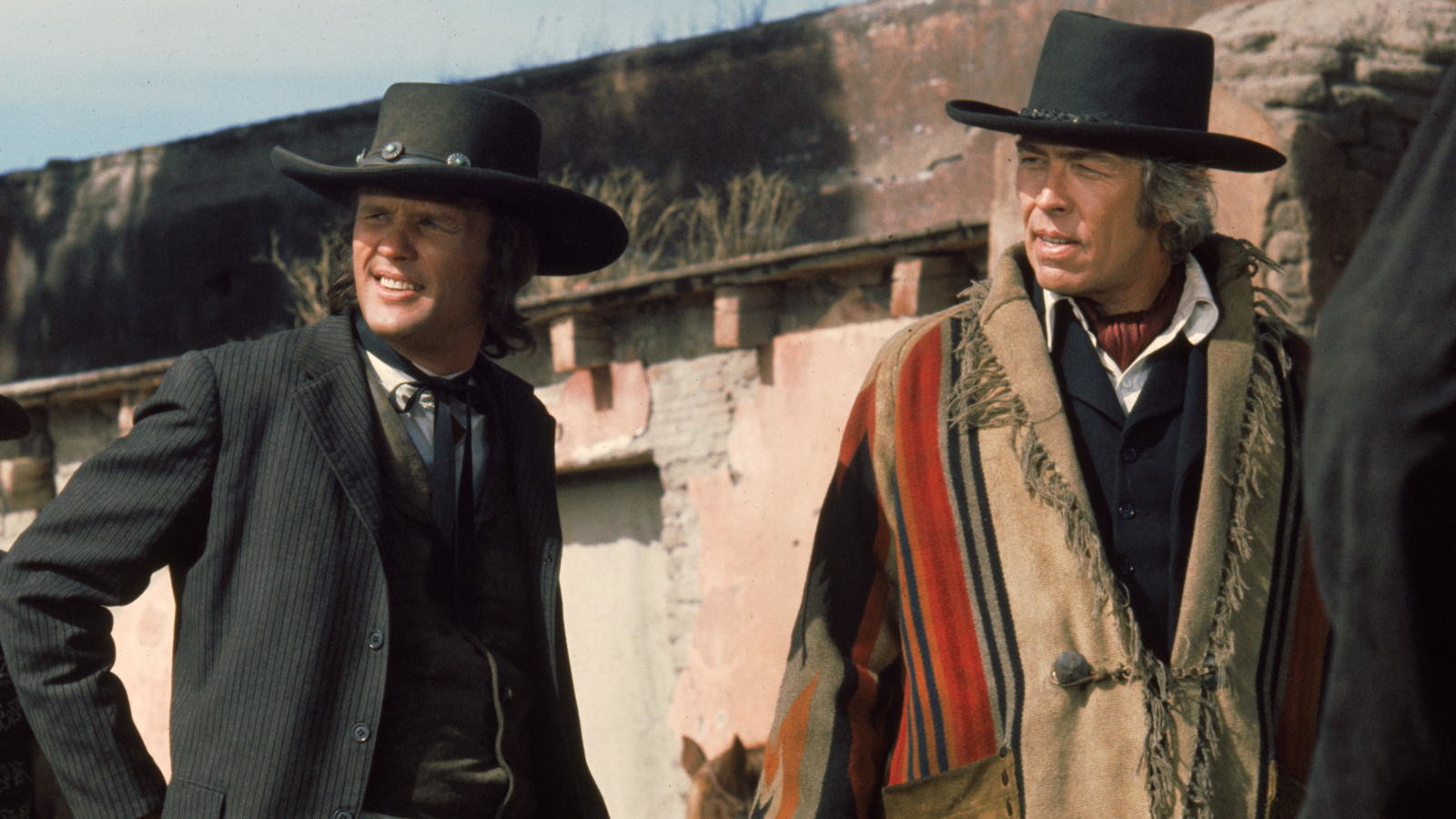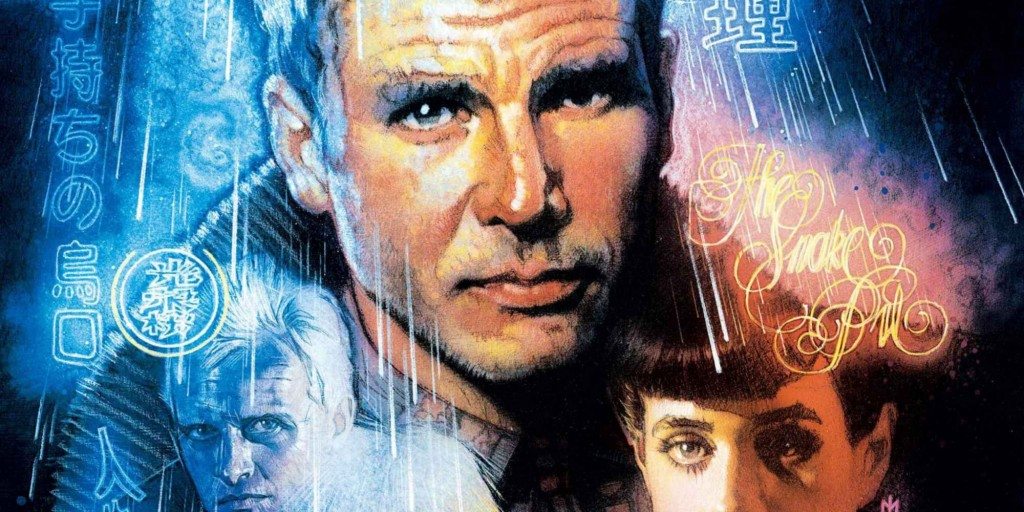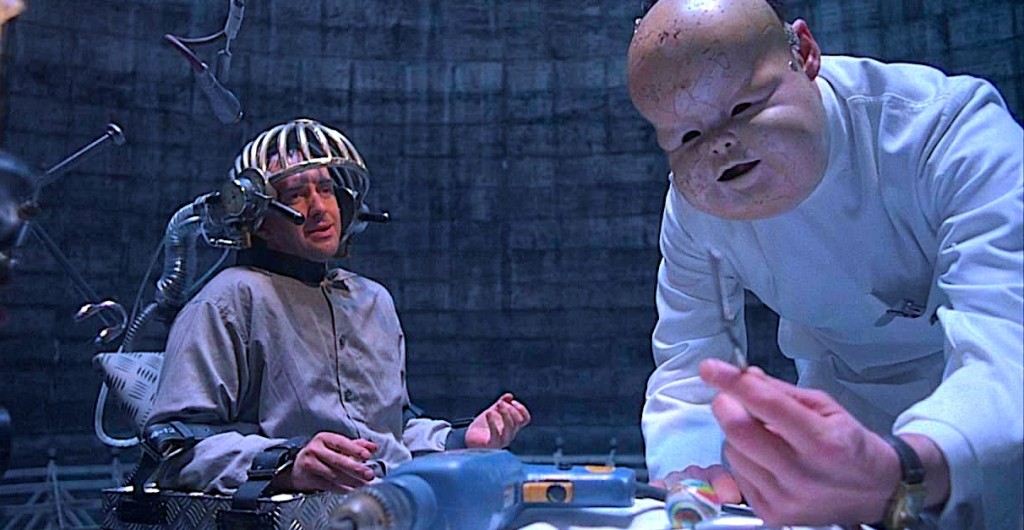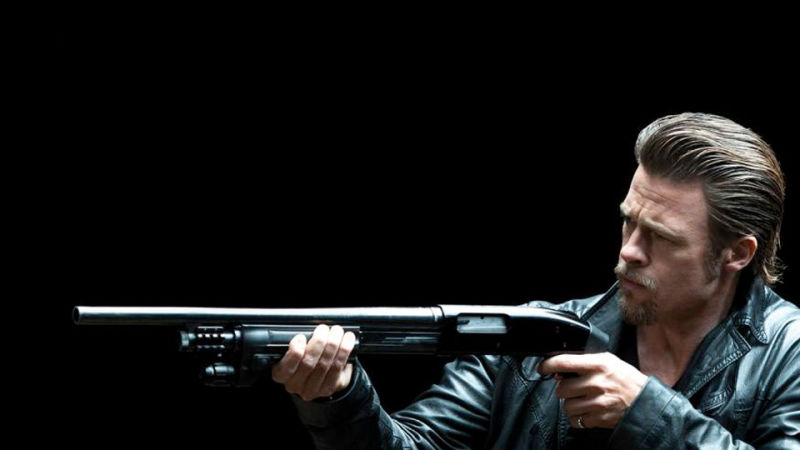Making a film, no matter how bad or good it is, is a painstaking and burdensome process. The director, especially, is the individual who is responsible for everything on the set, from supervising the renting of equipment to managing actors with egos bigger than the budget of Avatar. Movies are basically projected visions of their directors, and they work relentlessly to express that, along with the crew who coordinate to their best abilities to act as the director’s paint and brushes. But what happens when someone sabotages the final piece for their own pleasure without having contributed anything but finance, their only perennial interest?
Production and distribution houses are notorious for having spoiled many great filmmakers’ best works because apparently people who smoke Arturo Fuente in their air conditioned offices in LA everyday are better judges of art than the ones who’ve revolutionized genres. In most cases. they have the final word on the final cut of the movie due to contractual agreements and the director and crew are coldly left to watch a different version of their work. Now I’ll be looking at the worst cases of studio meddling that destroyed movies; while some of them went on to gain a remarkable status after the release of the original cuts, some weren’t really that lucky. Here is the list of famous movies ruined by studio interference:
10. Alien 3 (1992)

There are many people who consider David Fincher to have never made a single bad movie. I used to disagree with two movies : ‘Alien 3’ and ‘Gone Girl’. This was until I came across the Assembly Cut for Alien 3 that was released in 2003, and introduced 37 minutes of additional and alternate scenes. Though David Fincher refused to participate in this cut, the film is a big improvement over the original and corrects a few key plot elements. The film fell victim to big studios’ usual decision to bring the most underdeveloped brains to attend test screenings.
9. Superman II (1980)

There were two people who made the original ‘Superman’ reach an iconic status, and they were Richard Donner and Christopher Reeves. Taking out either one of them would have just damaged the sequel, and that is exactly what the producers did by firing Donner after he had completed 75% of the movie. Both ‘Superman II’ and Superman were shot simultaneously, but at one point, Donner was asked to stop his work on the sequel and was removed for pursuing genuineness. The producers observed the success of the original and deemed Donner’s rigorous approach unnecessary and instead created the archetype for the “mindless superhero film” which millions drooled over and continue to do so.
8. Killing Them Softly (2012)
Andrew Dominik is not a very familiar name, and neither is his masterpiece ‘The Assassination of Jesse James by the Coward Robert Ford’. The Brad Pitt-Casey Affleck starrer is considered to be the best western since the 1992 classic ‘Unforgiven.’ You can imagine how much critics and enthusiasts expected of Dominik’s next feature ‘Killing Them Softly’ that came after a five year break in 2012. Though the movie was a great entry to the latest crime thrillers, following an old-school approach, it wasn’t very successful at conveying its dig at the global economic crisis. The film adopts an inventive way of implying that through the lives of its crime world, it fails at one stage: the runtime. The producers apparently cut an hour of footage, and this may explain why the film fails at exploring its characters and feels rushed.
7. Pat Garrett and Billy The Kid (1973)

Sam Peckinpah has probably directed the greatest and meanest American Westerns. No disrespect to Ford, but his West wasn’t wild enough. After directing ‘The Wild Bunch’, ‘Straw Dogs’ and ‘The Getaway’ you would have thought the producers wouldn’t convert the issue over editing into a catfight, but they did and Peckinpah wasn’t consented regarding the final cut which was criticized by critics. Sure the director had his own string of onsite problems because of alcoholism and his desire to be bad to the bone, but the cast and crew had learnt to cooperate with him and disowned the studio’s cut. The original “preview cut” by Peckinpah was released more than a decade later, and the movie has then been claimed as the director’s greatest work.
6. All The Pretty Horses (2000)
Corman McCarthy is a familiar name among film circles, four of his novels have been adapted to feature length films. Only two of them have been come close to matching the depth of their source material, while one tried to but couldn’t succeed due to studio intervention. The controversy regarding ‘All The Pretty Horses’ is a very public one, after Matt Damon openly expressed his displeasure against the decision to change the entire film. “You can’t cut 35% of the movie and expect it to be the same movie.” – Damon. The cut involved changing the electric guitar score to a classical one, and changed the movie from a haunting period drama to a mediocre mainstream epic, stuff soap opera audiences cry to. Weinstein apparently considered this a payback for Thornton’s refusal to cut down on his debut feature, ‘Sling Blade.’
5. Blade Runner (1982)

” All those moments will be lost in time, like tears in rain. Time to die”. Maybe Roy Batty predicted what Warner Bros. were going to do with ‘Blade Runner’. Not only was the ending completely changed to present a cliched optimistic finale, but a voiceover narration by Harrison Ford was added, which was despised by the actor himself. Scott Ridley released a “Final Cut” version in 2007 which was meant to be the definitive image of his vision, and gladly in the process did not destroy the original’s essence with CGI like George Lucas. *SPOILER ALERT* Producers thought the ambiguity regarding Deckard’s identity as well as his and Rachael’s lifespans if the replicant theory was true, was too nihilistic and would baffle audiences.
4. The Magnificent Ambersons (1942)

‘The Magnificent Ambersons’ is supposed to be one of Orson Welles’s and Hollywood’s finest films ever made. But I believe if you alter an hour of footage from a film, you have nothing but ruined it because we will never know the brilliance of the final rough cut. The director is the artist, and when you alter his work, you have superimposed your vision over his. Welles’s original cut was just under 130 mins, but garnered underwhelming responses from preview screenings. The producers not only scrapped 40 minutes of footage, but disrespectfully reshot the ending in the director’s absence. Welles had created a different ending compared to the source material, which he claimed was pretty dark for then modern American audiences but matched the movie’s serious tone.
3. Brazil (1985)

How ironic that Terry Gilliam’s ‘Brazil’ had to undergo various cuts carried out as a result of the totalitarian attitude of production houses, to create something that is consumer friendly. Gilliam had to conduct private screenings of his version and even publish ads to resist Universal from distributing the adulterated version (thank god he didn’t have to fill a 27B-6 for that). Finally both the parties agreed on a 132 minute version, and the 142 minute long original was later released as a Criterion box set. The former broke the epic samurai scene into three different sequences, has the Father Christmas and the metal detector scenes missing apart from a few others which were in their respective way necessary to craft an identity for Gilliam’s surrealistic cyberpunk world.
2. Lost Horizon (1937)
_32.jpg)
Frank Capra maybe considered a legend now, but there was a time when barely anyone acknowledged his vision. Hollywood has always been slow to acknowledge masterpieces, and this was the case with Capra’s grand fantasy ‘Lost Horizon’, based on the novel of the same name by James Hilton. The film was originally 6 hours long and was cut down to 132 minutes, and another 14 minutes were cut so that it could adhere to the mass’s interests. Most of the movie is considered lost, and what remains is a 150 minute feature after decades of restoration. Lost Horizon could have been Hollywood’s answer to Metropolis but American producers just insisted on being their usually petty self. Capra also exceeded the budget by $750k and had used around 1.1 million feet of film, and you can imagine the efforts by the whole crew to produce something so extensive.
1. Once Upon A Time In America (1984)
‘Once Upon A Time In America’ came out when the world was drooling over gangsters and the mafia. Coppola’s Godfather triggered a series of movies that effectively desensitized the real threat that plagued America. This reminds me of the line from ‘Goodfellas’, “To me, being a gangster was better than being President of the United States.” and I wouldn’t be surprised if that was the actual mentality of many people. Leone’s final feature reminded the world about the evil these men were capable of perpetuating, and the amount of unnerving sexuality was shocking for a Leone film. Probably the worst instance of studio meddling, WB cut around two hours from the original version to convert the non linear narrative to linear and many “objectionable” scenes were removed to make it acceptable for a wider audience. The film was not only poorly received in the U.S but also bombed at the box office while garnering acclaim in Europe for a 229 minute version. A 269 minute original version, which was restored and recreated, premiered at Cannes in 2012 but faced copyrights issues for some deleted scenes and was unfortunately pulled off circulation.
Read More: Best Murder Mystery Movies


You must be logged in to post a comment.